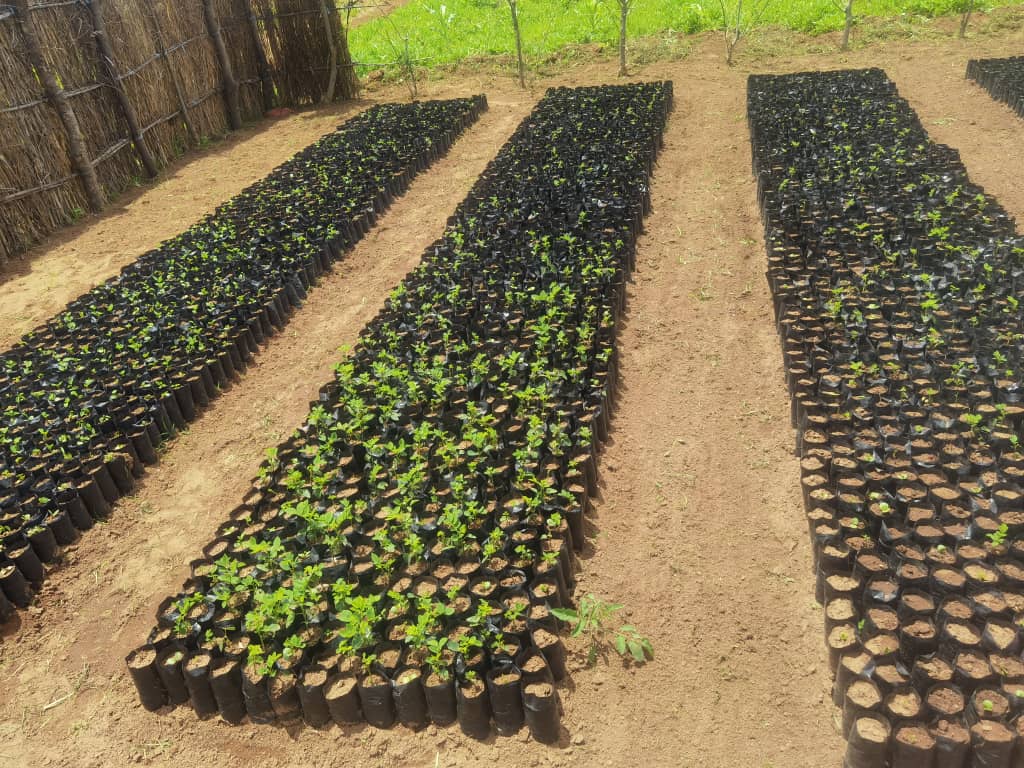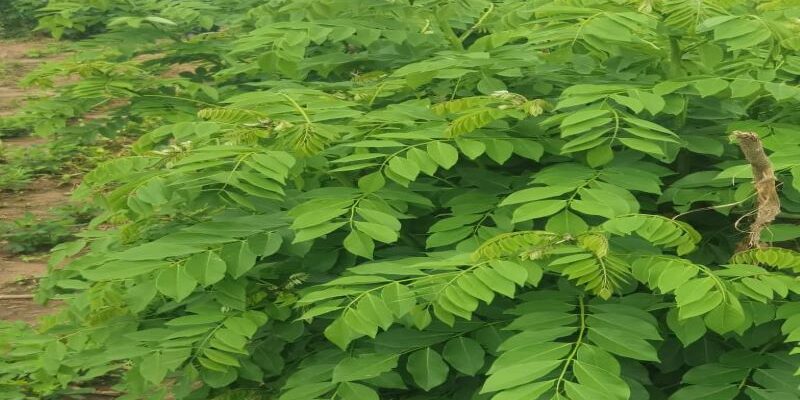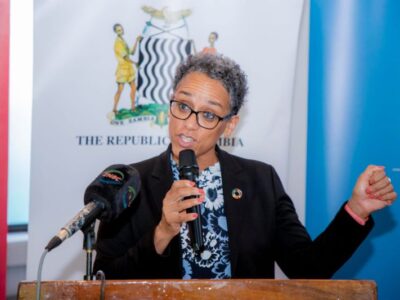More than one hundred thousand farmers are earmarked to benefit from the Gliricidia sepium tree planting exercise, an initiative aimed at replenishing depleted nutrients in the soils.
This will see farmers in Eastern, Southern, Central and Muchinga provinces of Zambia benefit from the 100 million Gliricidia sepium tree planting campaign being implemented by the Community Markets for Conservation (COMACO).
Kenneth Linyunga, COMACO Provincial Extension Manager-East, explained that a farmer was expected to plant between 500 and 800 Gliricidia sepium trees at their farmland.
Read more: Over $4.8m paid in 7yrs to nine Zambia chiefdoms in race to save environment —COMACO
He said COMACO was working with over 230,000 farmers across its region and was targeting to reach out to at least 120,000 farmers under the 100 million Gliricidia sepium campaign.
In an interview in Chipata on Friday, Linyunga indicated that over 50 million Gliricidia sepium trees would be planted in Eastern province, with Muchinga getting 30 million trees and 20 million trees allocated for Mumbwa area.
According to Linyunga, about US$ 200,000 had been invested in the 100 million Gliricidia sepium tree planting campaign , a nitrogen fixing tree that helps to replenish depleted nutrients in the soils.
He said the Gliricidia sepium was an important agroforestry tree, which would help farmers among others to restore soil fertility in their farmland.
Gliricidia sepium was a versatile, fast growing tree favoured by farmers for living fences, fuel, fodder, Green manure, shade, support for crops and erosion.
Linyunga said farmers can start using fertilizer from the Gliricidia sepium leaves within a period of two years as compared to relying on chemical fertilizers.
“This is a cost cutting exercise, the farmers will manage to harvest enough maize and other crops just by using this tree and as COMACO this is a tree that we have been using for the past 10 year.
“We have now reached a very important stage where we have to make sure that a lot of farmers plant it,” Linyunga said.
He said it was important that everyone comes on board including the governments, traditional leaders and communities to help the farmers plant the Gliricidia sepium.
“We want to encourage all the cooperatives since we work with so many farmers. COMACO has grouped these farmers into cooperatives and community leaders should come on board together with the traditional leaders to ensure that a 100 million Gliricidia sepium trees are planted,” he said.
Linyunga said this was the right time to move trees from the nursery into the farmlands.

Some of Gliricidia sepium nurseries at Patson Nkhata’s farmland in Zumwanda, Eastern province
He said this required that Ministry of Agriculture, District Agriculture Officers and Extension officers join forces with traditional and cooperative leaders as well as farmers to implement this initiative.
According to COMACO, at least 95 million tree seeds were distributed to the identified communal sites so far where more than 39 million seedlings have also established nurseries.
Linyunga anticipates that in the next few years, the farmers would have soils that are fertile enough and manage to harvest crops that are equivalent to those using chemical fertilizers.
The scale and impact of this exercise was among the largest in Africa demonstrating small scale farmer’s commitment to restore their farmland, making it not only safer for trees and wildlife but also profitable for farmers.












Comments